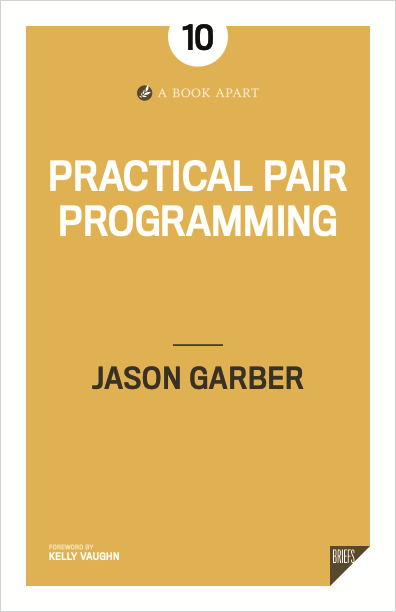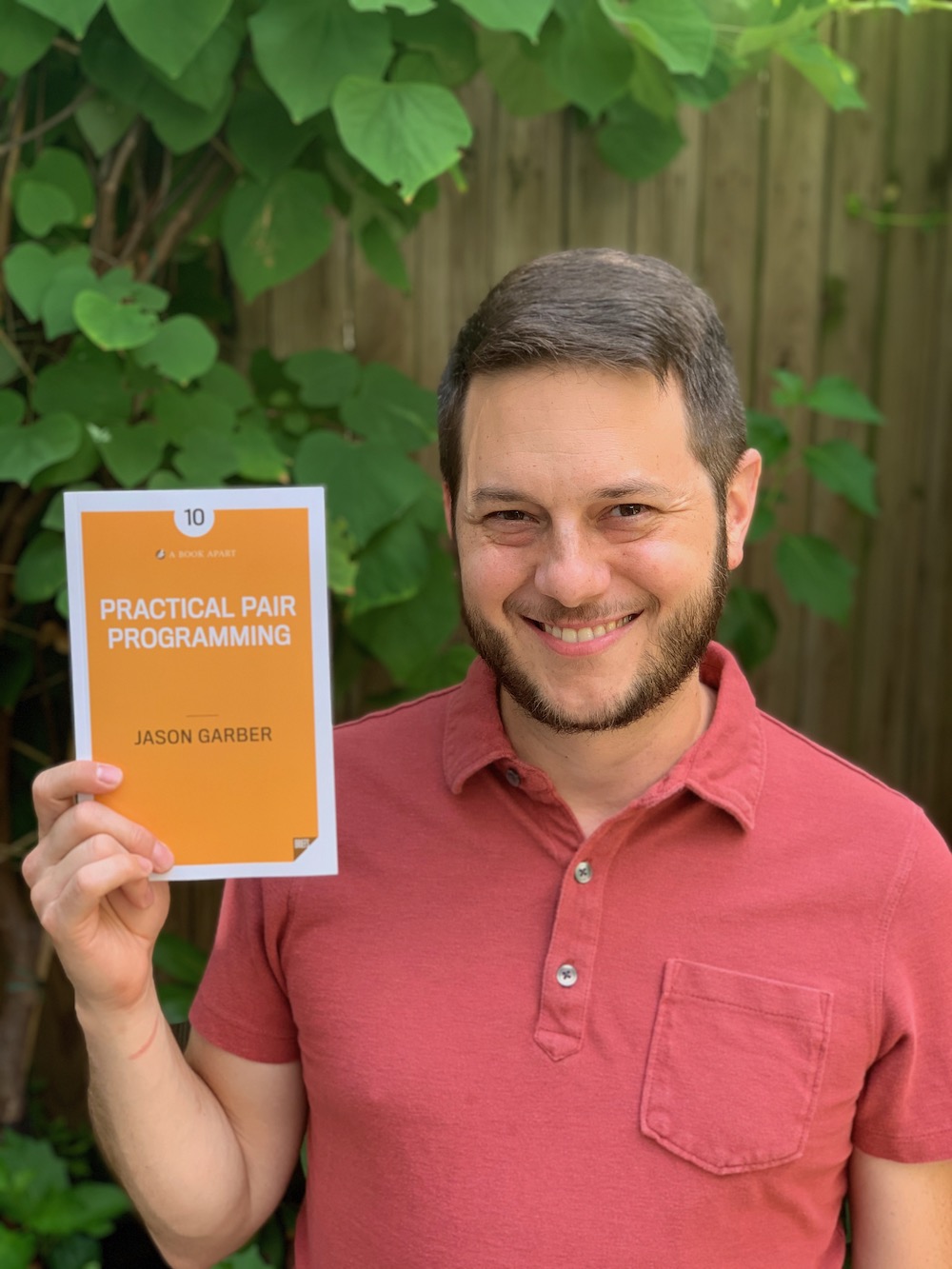Practical Pair Programming demystifies the logistics, benefits, and challenges of pair programming. It’s a must-read for teams new to the methodology pair programming and great for veterans of the practice, too.
Jason
Garber
I’m a full-stack software engineer with experience in data engineering, management, and systems architecture. My em dashes and semicolons are 100% human-generated. :)





